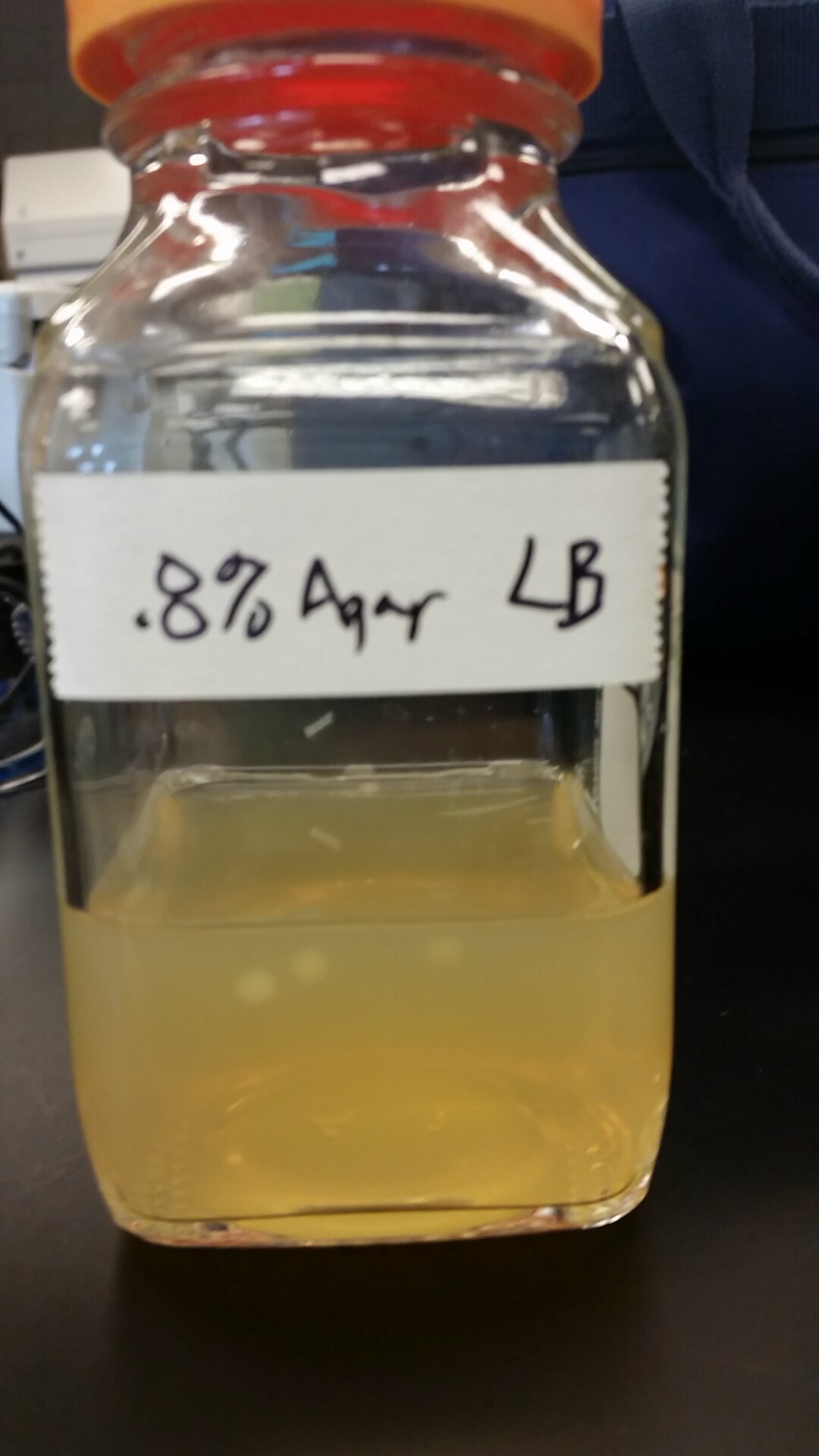About This Project
Our project goal is to create a hand-held biosensor that detects disease causing viruses in water, indicated by a simple color change. The test would take significantly shorter time than what is in effect now and would require almost no training. The purpose is a fast acting, easy to use, accurate test for fecal matter viruses in area swimming water.Ask the Scientists
Join The DiscussionWhat is the context of this research?
This project began in August 2013, with the intention of turning an iGEM project idea into a working, accurate, hand-held virus testor. iGEM stands for Internationally Engineered Genetic Machine. It is an international competition for 2 and 4 year institutions as well as a division for high schools. It's basically a giant science fair for students to get their name out there. This year, it will be held at MIT in Boston, MA. Most schools have multiple teams of a dozen or so people. We are arriving with confidence in our four person team.
We think our new approach to coliphage detection is necessary because the water contamination method in place (developed in part by Stanek and Izjerman) takes 1-3 days while ours takes 1-3 hours.
What is the significance of this project?
This project is necessary because people are unaware of the contents of the water they are ingesting. In this day and age of easily accessible information and the internet, fast and accurate knowledge of your surroundings is paramount. Most beaches give small craft wave warnings, undercurrent warnings, and current weather reports. We feel a need to report the virus content present in the currents on a daily basis.
What are the goals of the project?
Our immediate goal is to finish the research so we can begin development of a working model of the hand-held tester. Our first steps in introducing this technology to the rest of the world is taking it to an upcoming international competition (iGEM Boston, MA at MIT University.
In order to complete our research and qualify we must:
1. Quanitify samples of viruses and relate them to the amount of color change.
2. Prove we have created a competent plasmid part through numerous protocols including gel electrophoresis, blue/ white screening etc...
3. Develop a reliable handheld reading device (we are exploring microfuidic channels, photolithography, and electrocurrents)
4. Create multiple webpages through iGEM.org documenting everything and displaying our team and parts in text/image/video format.
Budget
We are from a Community College therefore the funding is limited and this year student stipend money (as well as money for entrance fees and travel) was unattainable.
We are attempting to do this whole project out of our own pockets, minds and abilities including fund raising and support.
We have done enough to be competing in the gold medal category in less than a year, and wish to complete our project by the deadline in October. We are competing against four year institutions from all over the world.
There are many deadlines for various requirements in this competition due August 30, September 1, September 5, October 1, October 10, and October 17.
We need money to keep stock of all necessary materials for running procedures as well as computer software to complete website construction for competition requirements. The entrance fee will be due on September 5, and we will have to pay for our own transportation to Boston (from Indiana) in November.
Because of limited guidance, we have put in an enormous amount of hours between us trying to make sure everything involving our procedures is just right. It has been a nail-biting experience in cases when we were unsure. It has cost us time we could have put towards part time jobs, and recreational activities to say the least, with it causing the loss of a job completely for more than one member.
It is something all of us feel very passionate about and want to see through to the end but have been pushed to the limit in order to pursue.
Meet the Team
Team Bio
Kevin Campbell (bottom left): 54 years old. Bachelor's in Biology and Chemistry. Associate's in Biotechnology and Nanotechnology. Team leader. Working on this project since August, 2013. Enjoys making salsa and candles as well as playing pool, biking and and gardening.Lyuda Trokhina (top left): 22 years old. Certificate in nursing. Associate's in Biotechnology. Working on project since September 2013. Values family. Enjoys baking, singing and playing piano.
Judah Easton (top right): 34 years old. Associate's in nanotechnology. Working on project since April 2014. Enjoys brewing beer, making cheese, and gardening.
Karinne Nye (bottom right): 24 years old. Certificate in general education. Associate's in education and biotechnology. Working on project since September 2013. Enjoys biking, reading, movies and video games.
Press and Media
We have presented this project at numerous poster sessions including Notre Dame university in South Bend, CCURI (Community college undergraduate research initiative) in Philadelphia Pennsylvania, and are going to posters on the hill in Washington D.C. in late September 2014Additional Information






Project Backers
- 6Backers
- 23%Funded
- $465Total Donations
- $77.50Average Donation
